The Enduring Influence of Volcanic Eruptions on Climate & Human History

The consequences of 300 volcanic eruptions from the depths of antiquity were analyzed by 24 researchers from 6 countries, resulting in useful conclusions.
Volcanoes have a decisive role in changing human history and climate change on Earth, according to data released by a team of scientists.
The researchers found new evidence that large volcanic eruptions were responsible for the major falls in temperature recorded on Earth, which changed decisively both the climate and human history.
This is the conclusion of a new international scientific study, in which the consequences of almost 300 volcanic eruptions that took place in various parts of the world over the past 2500 years, are analyzed with greater chronological accuracy than any other time.
24 researchers from 6 countries analyzed the available information and they concluded that 15 of the 16 coldest summers recorded between 500 BC and 1,000 AD, followed after large volcanic eruptions.
The scientists studied more than 20 ice cores, collected from the subsoil of Greenland and the Antarctic, where traces of past volcanic eruptions are still retained. These frozen "files" provide the chronicle of the Earth's atmosphere every year, thus allowing the chronological correlation of temperature changes with the action of volcanoes anywhere on Earth.
This analysis confirmed that every time that a strong volcanic eruption takes place, a layer of ash and other particles dispersed in the upper atmosphere and travels around the world, creating an "umbrella" blocking for months or years the solar radiation to reach the surface of the planet, with the result to drop the temperature.
The researchers studied historical archives of Europe, China and Babylon (Iraq), confirming that volcanoes leave their 'stigma' in human history. The occasional effects after a major volcanic eruption include a decline in agricultural production, famines, epidemics, social unrest, etc.
According to the researchers, volcanic eruptions that occurred in North America and Iceland at 536, 626 and 939 AD, had a serious impact on Europe. A mysterious dust cloud, which for 18 months covered the Mediterranean Sea, is attributed to the eruption of a volcano in 536 AD somewhere in the northern hemisphere. As the historian Procopius wrote, the Sun during day was not shining more than the moon at night.
Also, the period of so-called "Great Migration" in Europe in the 6th century AD is attributed to the effects of the two almost simultaneous volcanic eruptions -one in North America at the end of 535 BC or early in 536 AD and one in the tropics at 539 AD- which had the effect of hunger, infectious diseases, and the dissolution of the Western Roman Empire by the barbarians.
Among the most famous volcanic eruptions in history took place in Thera (around 1600 BC), Vesuvius and more recently in Indonesia (1815).
Source: sciencedaily.com, carbonbrief.org
Sources: sciencedaily.com, carbonbrief.org
Want to read more like this story?
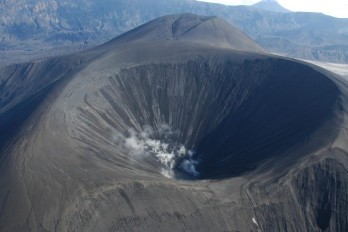
New volcanic eruption prediction model
Sep, 18, 2019 | NewsResearchers from the University of Illinois and the University of Michigan have developed a new tec...
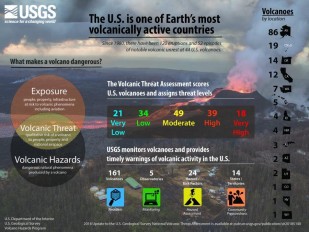
The financial impact of volcanic alerts on local regions
Apr, 29, 2021 | NewsA study recently published in Risk Analysis Journal, evaluates the financial impact of volcanic eru...
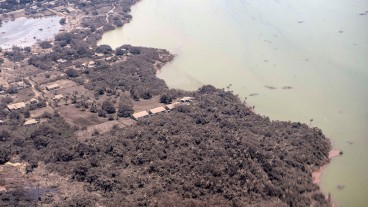
Earthquake hit Tonga’s coast, days after volcanic eruption and tsunami
Jan, 31, 2022 | NewsA magnitude 6.2 earthquake has been recorded off the coast of Tonga almost two weeks after the Paci...
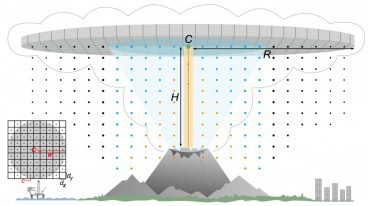
New findings on large volcanic eruptions
Feb, 05, 2021 | NewsScientists have developed new numerical models that efficiently reconstruct eruptions from large vo...
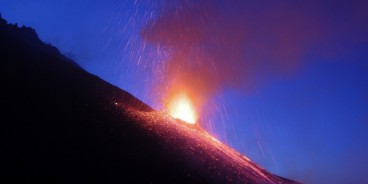
Deeper source of volcanic eruptions discovered
Jun, 11, 2019 | NewsA volcanic source in large depth beneath the Earth's surface that used to be undisclosed w...
NASA: Tonga eruption blasted enough water to fill 58,000 Olympic pools into the Earth's atmosphere
Sep, 08, 2022 | NewsOne of the most powerful volcanic eruptions on the planet blasted such a massive amount of water va...
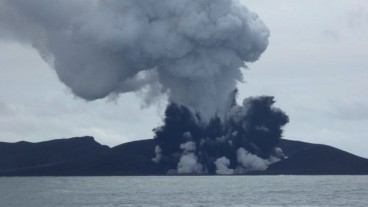
Tongan volcano activity forms island in the Pacific [Video]
Jan, 23, 2015 | NewsA new island is being formed in the Pacific Ocean as a result of volcanic eruption. The volcanic act...
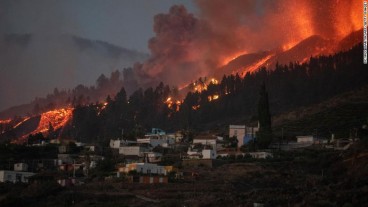
Volcanic eruption in the Canary Islands triggers evacuations
Sep, 27, 2021 | NewsA volcanic eruption on La Palma, an island of the Canary Islands, Spain, has caused significant inf...
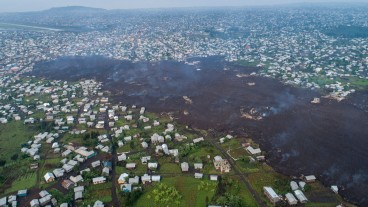
Massive evacuations after volcanic eruption in the Democratic Republic of Congo
Jun, 01, 2021 | NewsAt least 32 people were reported dead and numerous have been evacuated due to a volcanic eruption i...
Trending

Vertical gardens in Mexico City to combat pollution

Saudi Park Closed After 360 Big Pendulum Ride Crashes to Ground, 23 injured

Characteristics of Load Bearing Masonry Construction

Taipei 101’s impressive tuned mass damper

Dutch greenhouses have revolutionized modern farming

Federal court rules Biden’s offshore drilling ban unlawful


